December
kaagita, V., Thandlam, V., Sakirevu Palli, V.R. et al. (2024). Diagnosing the role of atmospheric variability on the extreme summer monsoon precipitation events over India. Discov Atmos 2, 19. https://doi.org/10.1007/s44292-024-00021-7
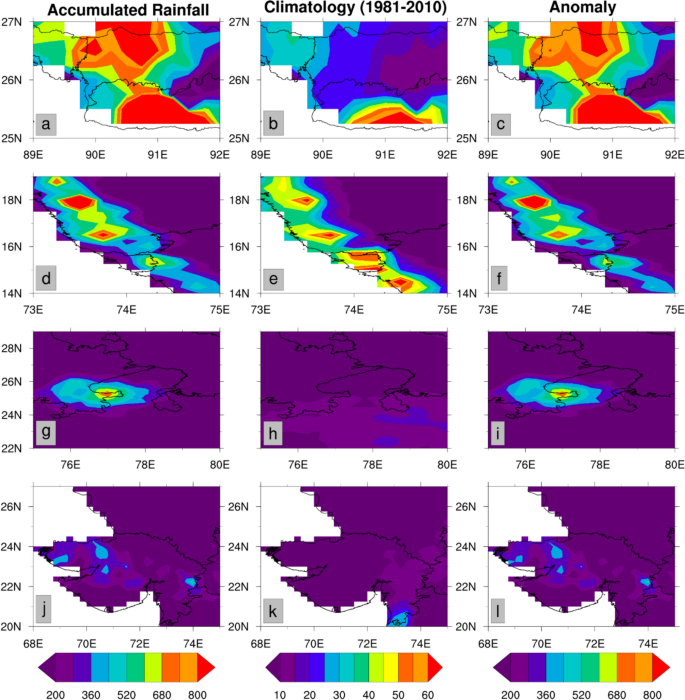
Timmermans, M.-L. and Z.M. Labe (2024). Sea surface temperature [in “Arctic Report Card 2024”], NOAA. 10.25923/9z96-aq19

Vanek S.B., Z.M. Labe, O. Lauter, K. Shionalyn, M.A. Shadab, E. Adasheva, A. Margevich, M.N. Schaberg, L. Ashokkumar, and J.N. Naoukin (2024). Exploring the past, present, and future of USAPECS: Lessons from a decade of supporting early career research across national and international polar networks. Arctic Yearbook, ISSN 2298-2418. Artctic Year Book
Wang, P., Bai, B., Cao, J.H. et al. (2024). Experimental insights into the stability of karst carbon sink by submerged macrophytes. Environ. Earth Sci., 83: 422. https://doi.org/10.1007/s12665-024-11697-w

October
Hina, S., Saleem, F., Hina, A., Ullah, I., Bibi, T., & Mahmood, T. (2024). Exploring trends and variability of climate change indices in the agro‐ecological zones of Pakistan and their driving mechanisms. International Journal of Climatology, 44(10), 3589-3612. https://doi.org/10.1002/joc.8540
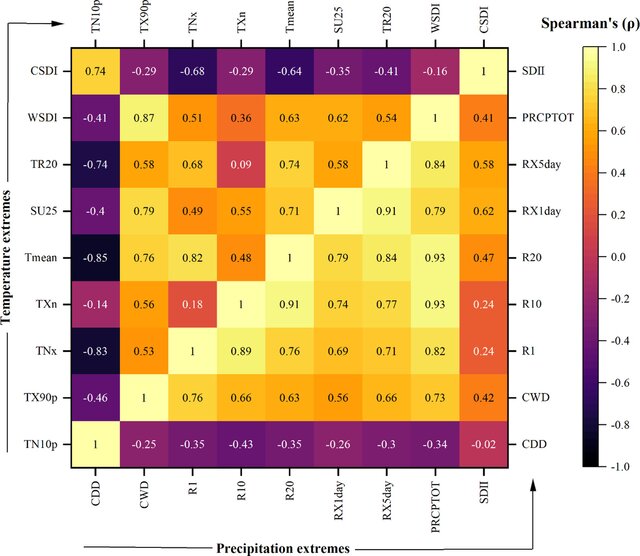
Kretschmer, M., Jézéquel, A., Labe, Z. M., & Touma, D. (2024). A shifting climate: New paradigms and challenges for (early career) scientists in extreme weather research. Atmospheric Science Letters, e1268. https://doi.org/10.1002/asl.1268
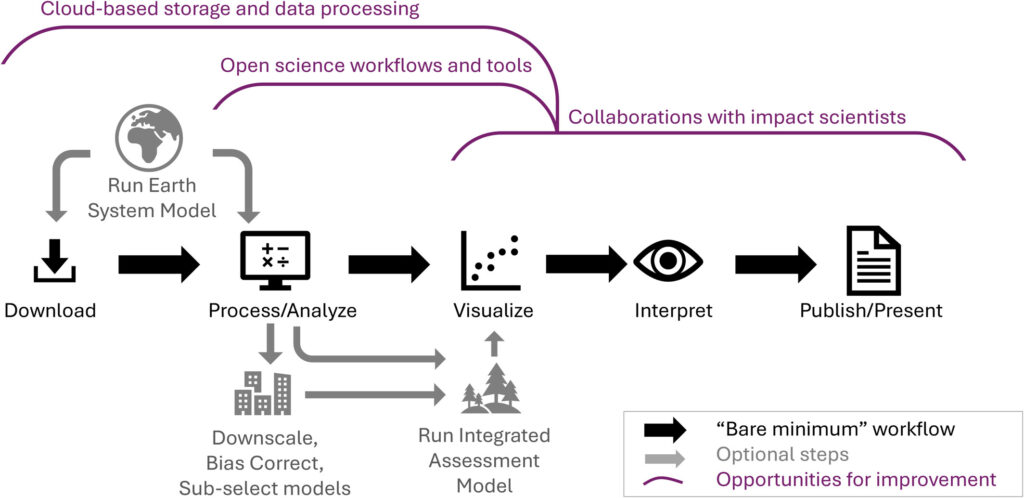
Pradhan, P., Subedi, D. R., Dahal, K., Hu, Y., Gurung, P., Pokharel, S., Kafle, S., Khatri, B., Basyal, S., Gurung, M., & Joshi, A. (2024). Urban agriculture matters for sustainable development. Cell Reports Sustainability. 10.1016/j.crsus.2024.100217
August
Fernando, R., Ratnasooriya, H., Bamunawala, J., Sirisena, J., Nipuni Odara, M. G., Gunawardhana, L., & Rajapakse, L. (2024). Assessing Climate-Change-Driven Impacts on Water Scarcity: A Case Study of Low-Flow Dynamics in the Lower Kalu River Basin, Sri Lanka. Water (Switzerland), 16(10). https://doi.org/10.3390/w16101317
Rashid, I.U., Abid, M.A., Osman, M. et al. (2024) Predictability of the early summer surface air temperature over Western South Asia. Clim Dyn. https://doi.org/10.1007/s00382-024-07399-5
Thandlam, V., Kaagita, V. & Sakirevupalli, V.R. (2024). Long-term meteorological characteristics and extreme climate indices over Tirupati: a rapidly developing tropical city. Discov Cities 1, 14. https://doi.org/10.1007/s44327-024-00013-7

Timmermans, M.-L. and Z.M. Labe (2024). [The Arctic] Sea surface temperature [in “State of the Climate in 2023”]. Bull. Amer. Meteor. Soc. https://doi.org/10.1175/BAMS-D-24-0101.1
June
Moetasim Ashfaq, Nathaniel Johnson, Fred Kucharski, Noah S. Diffenbaugh, Muhammad Adnan Abid, Matthew F. Horan, Deepti Singh, Salil Mahajan, Subimal Ghosh, Auroop R. Ganguly, Katherine J. Evans & Shafiqul Islam (2023). The influence of natural variability on extreme monsoons in Pakistan. npj Clim Atmos Sci 6, 148. https://doi.org/10.1038/s41612-023-00462-8
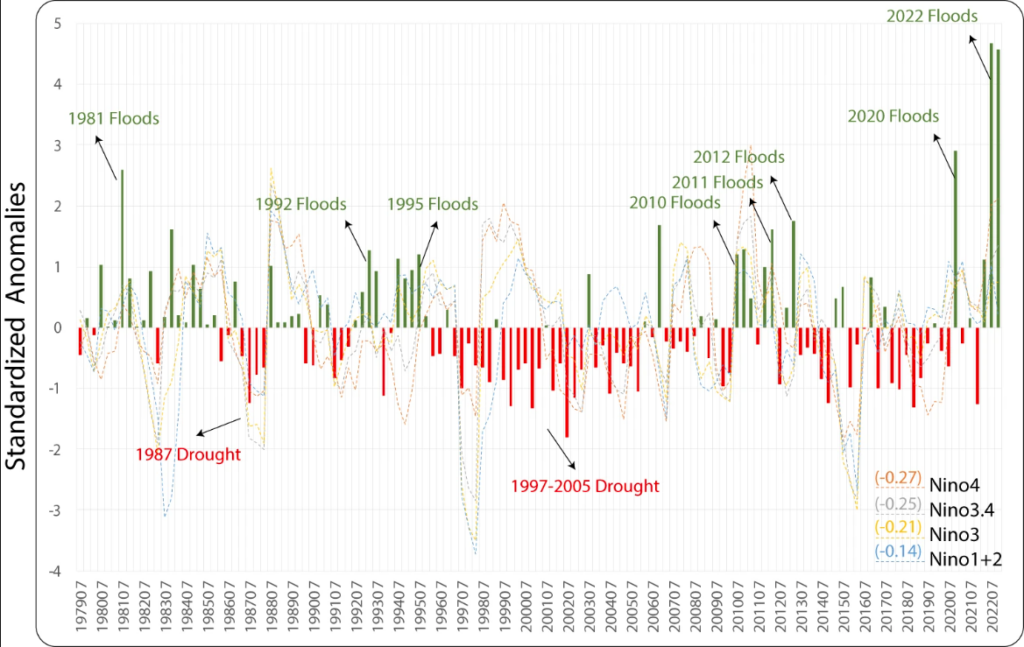
Monthly standardized area-averaged precipitation anomaly (bars) from the average over 1991–2020. The years when the region experienced floods or droughts are labeled. The dotted lines represent standardized Niño1 + 2 (blue), Niño3 (yellow), Niño3.4 (gray), and Niño4 (orange) indices using detrended COBE/NOAA sea surface temperatures. All Niño indexes are multiplied by −1 for ease of comparison so that positive (negative) anomalies represent La Niña (El Niño). The number in parentheses represents the actual correlation between WSA and Niño indexes. Every third month in the time series is labeled starting with the first month on the x-axis.
Nasim Hossein Hamzeh, Karim Shukurov, Kaveh Mohammadpour, Dimitris G. Kaskaoutis, Abbas Ranjbar Saadatabadi, Himan Shahabi (2023). A comprehensive investigation of the causes of drying and increasing saline dust in the Urmia Lake, northwest Iran, via ground and satellite observations, synoptic analysis and machine learning models. Ecological Informatics, Volume 78, 2023,102355. https://doi.org/10.1016/j.ecoinf.2023.102355
April
Bushuk, M., S. Ali, D. Bailey, Q. Bao, L. Batte, U.S. Bhatt, E. Blanchard-Wrigglesworth, E. Blockley, G. Cawley, J. Chi, F. Counillon, P. Goulet Coulombe, R. Cullather, F.X. Diebold, A. Dirkson, E. Exarchou, M. Gobel, W. Gregory, V. Guemas, L. Hamilton, B. He, S. Horvath, M. Ionita, J. E. Kay, E. Kim, N. Kimura, D. Kondrashov, Z.M. Labe, W. Lee, Y.J. Lee, C. Li, X. Li, Y. Lin, Y. Liu, W. Maslowski, F. Massonnet, W.N. Meier, W.J. Merryfield, H. Myint, J.C. Acosta Navarro, A. Petty, F. Qiao, D. Schroder, A. Schweiger, Q. Shu, M. Sigmond, M. Steele, J. Stroeve, N. Sun, S. Tietsche, M. Tsamados, K. Wang, J. Wang, W. Wang, Y. Wang, Y. Wang, J. Williams, Q. Yang, X. Yuan, J. Zhang, and Y. Zhang (2024). Predicting September Arctic sea ice: A multi-model seasonal skill comparison. Bulletin of the American Meteorological Society. https://doi.org/10.1175/BAMS-D-23-0163.1

Liu, Y., Sun, C., Li, J. et al. (2023). Decadal oscillation provides skillful multiyear predictions of Antarctic sea ice. Nat Commun 14, 8286. https://doi.org/10.1038/s41467-023-44094-1
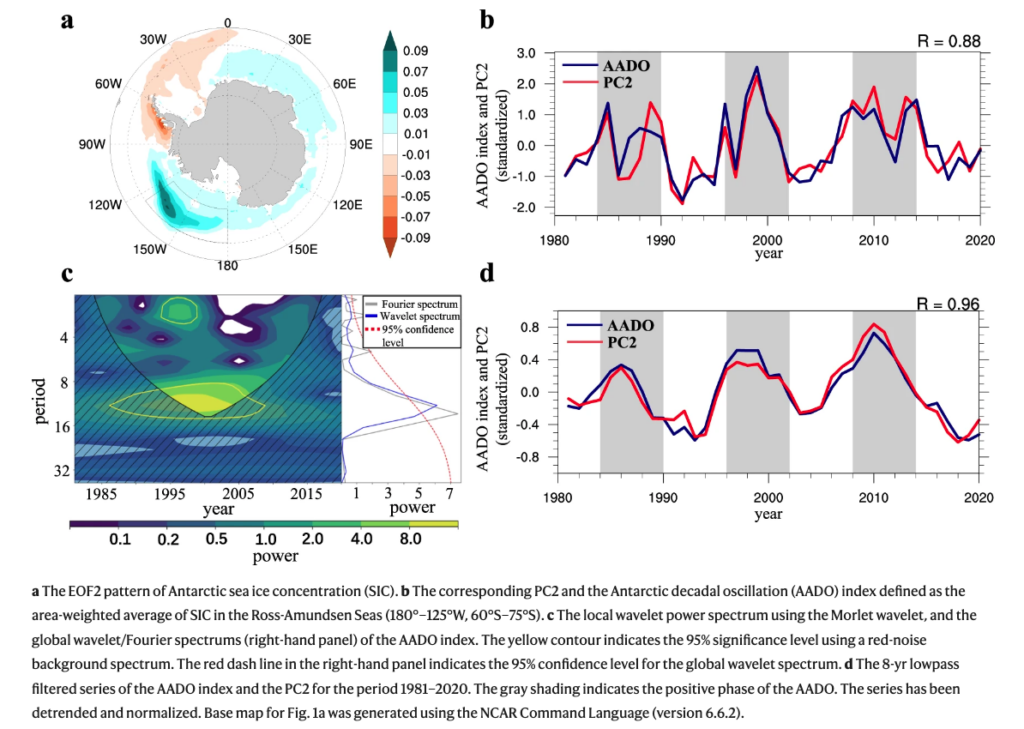
Nadia, T., Robledo, F. A., & Dı́az, L. B. (2024). Climatology and trends of cloudiness in a productive rice and vegetable region of South‐Eastern South America. International Journal of Climatology. https://doi.org/10.1002/joc.8385

Parno R, Meshkatee A-H, Mobarak Hassan E, Hamzeh NH, Chel Gee Ooi M, Habibi M (2024). Investigating the Role of the Low-Level Jet in Two Winters Severe Dust Rising in Southwest Iran. Atmosphere; 15(4):400. https://doi.org/10.3390/atmos15040400
March
Motirh Al-Mutairi, Modhi O. Alotaibi, Heshmat Abdel Basset, Abdallah Abdeldym, Ayman Badawy (2023). Global ozone variability. Journal of Atmospheric and Solar-Terrestrial Physics, Volume 253, 2023, 106162, ISSN 1364-6826. https://doi.org/10.1016/j.jastp.2023.106162
Nandi, S., Patel, P., & Swain, S. (2024). IMDLIB: An open-source library for retrieval, processing and spatiotemporal exploratory assessments of gridded meteorological observation datasets over India. Environmental Modelling & Software, 171, 105869. https://doi.org/10.1016/j.envsoft.2023.105869

Nasr, A. A., Wahl, T., Rashid, M. M., Jane, R. A., Camus, P., & Haigh, I. D. (2023). Temporal changes in dependence between compound coastal and inland flooding drivers around the contiguous United States coastline. Weather and Climate Extremes, 41, 100594. https://doi.org/10.1016/j.wace.2023.100594
Swain, S., Mishra, P.K., Nandi, S., Pradhan, B., Sahoo, S. et al (2024). A simplistic approach for monitoring meteorological drought over arid regions: a case study of Rajasthan, India. Applied Water Science 14, 36. https://doi.org/10.1007/s13201-023-02085-z
Zhang, Y., B.M. Ayyub, J.F. Fung, and Z.M. Labe (2024). Incorporating extreme event attribution into climate change adaptation for civil infrastructure: Methods, benefits, and research needs. Resilient Cities and Structures. https://doi.org/10.1016/j.rcns.2024.03.002
February
Chao Min, Qinghua Yang, Hao Luo, Dake Chen, Thomas Krumpen, Nabir Mamnun, Xiaoyu Liu, Lars Nerger (2023). Improving Arctic Sea-Ice Thickness Estimates with the Assimilation of CryoSat-2 Summer Observations. Ocean-Land-Atmos Res., 2:0025. DOI:10.34133/olar.0025

Dahal, K., Sharma, S., Shakya, A., Talchabhadel, R., Adhikari, S., Pokharel, A., … & Kumar, S. (2023). Identification of groundwater potential zones in data-scarce mountainous region using explainable machine learning. Journal of Hydrology, 627, 130417. https://doi.org/10.1016/j.jhydrol.2023.130417
Mamnun, N., Völker, C., Krumscheid, S., Vrekoussis, M., & Nerger, L. (2023). Global sensitivity analysis of a one-dimensional ocean biogeochemical model. Socio-Environmental Systems Modelling, vol. 5. DOI: 10.18174/sesmo.18613
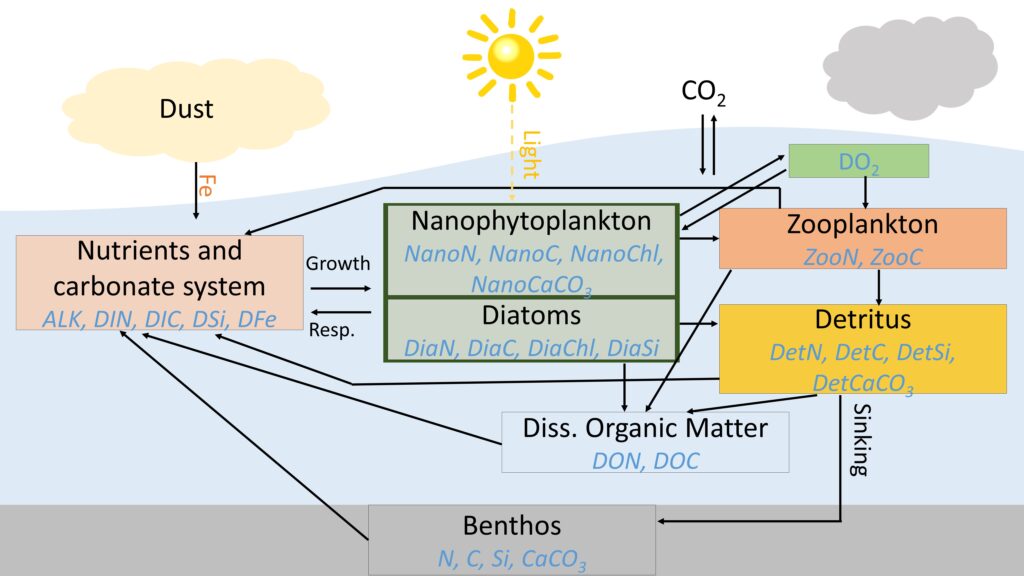
N. Bouhsane and S.Bouhlassa (2023). Pedogenic effect and the impact of erosion factors on topsoil magnetic susceptibility enhancement. Annals of Geophysics, 66, 5, GM527, 1-20. doi:10.4401/ag-8896
Saini, H., Meissner, K. J., Menviel, L., & Kvale, K. (2024). Transient response of Southern Ocean ecosystems during Heinrich stadials. Paleoceanography and Paleoclimatology, 39, e2023PA004754 (2024). https://doi.org/10.1029/2023PA004754
January
Petzold, J., Hawxwell, T., Jantke, K., Gonçalves Gresse, E., Mirbach, C., Ajibade, I…. (2023) A global assessment of actors and their roles in climate change adaptation. Nature Climate Change, 13(11), 1250–1257 https://doi.org/10.1038/s41558-023-01824-z
Pratik Kad & Kyung-Ja Ha. (2023). Recent tangible natural variability of monsoonal orographic rainfall in the Eastern Himalayas. Journal of Geophysical Research: Atmospheres, 128, e2023JD038759. https://doi.org/10.1029/2023JD038759

Ravindra Babu, S. (2023) Convective tropopause over the tropics: Climatology, seasonality, and inter-annual variability inferred from long-term FORMOSAT-3/COSMIC-1 RO data. Atmospheric Research 298, 107159 https://doi.org/10.1016/j.atmosres.2023.107159
Satheesh Chandran, P.R., Sunilkumar, S.V. (2023) Role of deep convection and dynamics on the tracer distribution in the upper troposphere and lower stratosphere region during active and break phases of the Asian summer monsoon. Clim Dyn. https://doi.org/10.1007/s00382-023-07004-1
Sunilkumar, S.V., Emmanuel, M., Muhsin, M. et al. (2023) Origin and maintenance of upper tropospheric inversion over the northern Indian Ocean during boreal winter of 2018. Meteorol Atmos Phys 135, 58. https://doi.org/10.1007/s00703-023-00996-9
Timmermans, M.-L. and Z.M. Labe (2023). [The Arctic] Sea surface temperature [in “State of the Climate in 2022”]. Bull. Amer. Meteor. Soc., DOI:10.1175/BAMS-D-23-0079.1 https://journals.ametsoc.org/view/journals/bams/104/9/BAMS-D-23-0079.1.xml

Zougmoré, R., Segnon, A. C., & Thornton, P. (2023). Harnessing indigenous knowledge and practices for effective adaptation in the Sahel. Current Opinion in Environmental Sustainability, 65, 101389 https://doi.org/10.1016/j.cosust.2023.101389
